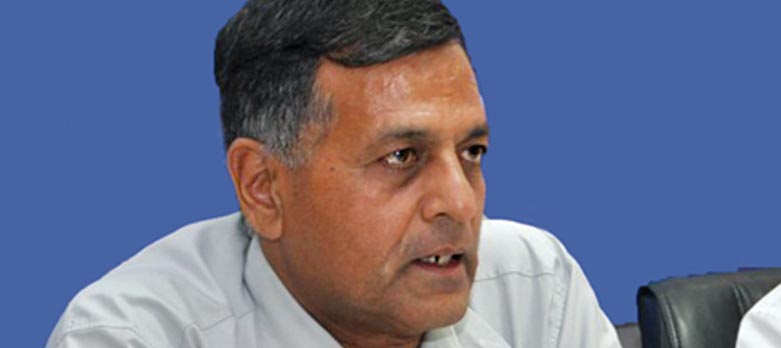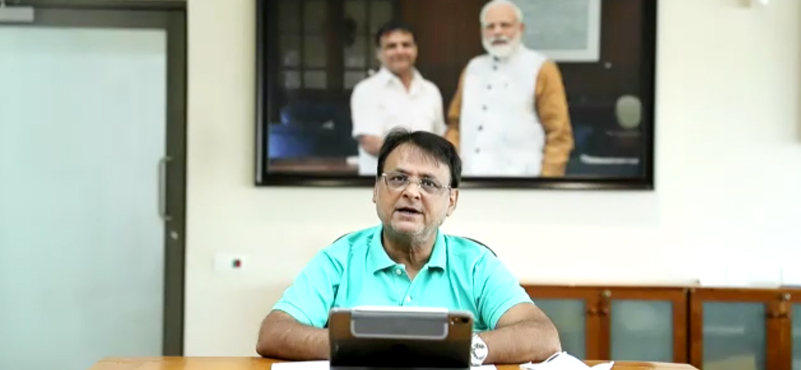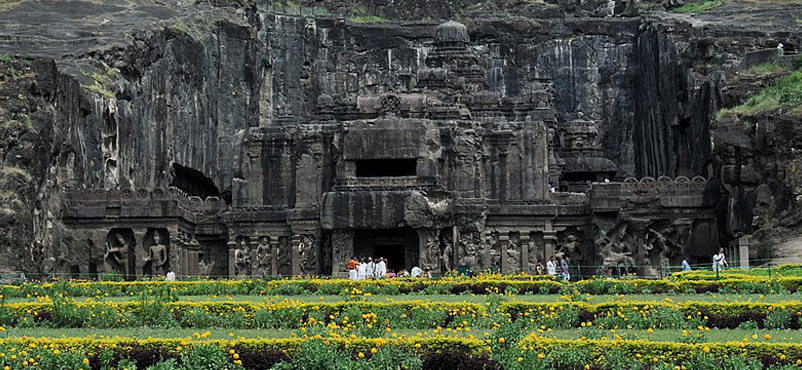Environmental concerns and the issue of developing niche tourism products like coastal, wildlife, adventure, etc. always seem to be at loggerheads. But according to Ashok Lavasa, Secretary, Ministry of Environment, Forest and Climate Change, steps have been set afoot within the government quarters to bring the priorities of both sides in alignment and create a conducive environment for tourism’s niche offshoots to grow. Excerpts from an exclusive conversation…
Starting with wildlife, we have introduced new measures in terms of restriction numbers, carrying capacity etc. While we are all concerned about the environment and don’t want to disturb the natural habitat, how can places like Ranthambore or Kahna be a gold mine for Indian tourism? So how can we have a new policy from an environment point of view which unleashes the potential of our wildlife?
I think the basic thing which has to be understood is that the asset which we want to utilize for promoting tourism, that asset has to be saved. So we have to do nothing that disturbs that asset, deteriorates its quality or causes harm in any way. Once we are agreeable on this, then we see how can this be achieved in the best possible way. For example, say wildlife sanctuaries. Yes, even the ministry of environment and forest would like to promote people visiting them and getting exposed to wildlife and inculcating the love for nature and the spirit to protect wildlife. So apart from the thrill, it is important that we understand these as very essential parts of nature. We are all for this. But the wildlife itself, they have certain instincts or habits and it is important not to do anything which disturbs that. So for example, the number of visitors that can visit the sanctuary, is a part of that. How many people can actually be in the sanctuary at the same time without causing disturbance to these animals?
Would you say as far as carrying capacity is concerned that is a limit that you have already fixed, will there be a review or can there be a review.
Its an ongoing process and there are sanctuaries that keep expanding and there are sanctuaries where you can actually increase the capacity but by reducing the duration of each visitation. If I were to say that I allow a visitor to spend 6 hrs in the sanctuary, then that will obviously limit the capacity.
When you go to South Africa, or even when you go to neighbouring Nepal, they have done wonders and nothing has been disturbed. Some of the finest resorts are around wildlife sanctuaries. These have small airports next to them, and they are tourist attractions where hundred flock through the year!
We are not against providing means of access to these sanctuaries. In fact, we would be happy if more and more people came to visit these sanctuaries.
Is there any discussion with the Tourism Ministry or are you two engaged on this front in terms of forest cover and Indian tourism potential.
We would like the Tourism Ministry to come up with whatever proposals that they have and where they feel that the Ministry of Environment and Forest needs to review their existing procedures or norms. We are open to this. We have made it known that Ministry of Environment and Climate change is pro development.
Coming to India’s coastline, we have huge restrictions in place. Here again, the potential of our tourism is being held back?
As far as the coastal zones are concerned, we have had regulations in the past now almost for 25yrs. There have been some revisions. Now we have got the report of the Shailesh Nayak committee that was appointed over a year ago to comprehensively look at all the coastal regulations – not only from the point of view of saving the coast but also looking at the problems that people have put forward and looking at the proposals that have come regarding developing the coast from the point of view of saving them. There is an impression and perhaps rightly that the coastal zone regulations actually restricted the growth. So even if you wanted to do something that would improve life in the coastal areas you could not do it. It is from this point of view that the Shailesh Nayak committee was appointed. They have gone around and discussed with various states and various stakeholders. They have now submitted their report to the ministry and we are in the process of examining that report. Once this is done we would also like to consult with other states and ministries that are connected. And then we will take a view on what are the changes that are required.
Do you see some path breaking new initiatives coming to develop the coastal tourism? You are a tourism person also………..Its amazing how everything is on the river in many overseas destinations – in our country, along the coast we see poverty and ruins, and very little development?
These are things we want to correct. We will address many of these things. It is a pity sometimes when you see the Indian coast, how some of the most beautiful beaches have been spoiled and there is scant regard to what is being thrown on the beaches or being discarded into the sea. These are matters of concern for us. And if you want to attract tourists to these beaches you have to give them world class standards.
So what is the plan in that direction?
What we are doing is firstly looking at the Shailesh Nayak report. We have also put together some of the best practices in countries where beach tourism has been developed. And we are trying to see what are the features which they have incorporated in their policy that we could also use.
Similarly is there any rethinking or any policy being created for wildflife tourism?
Wildlife tourism specifically, we are not considering at this moment. But the Wildlife Protection Act is undergoing an amendment. So if there are features within the act that come in the way of promoting wildlife tourism we can deal with them. But if there are some policy decisions that are required we would await suggestions. There are some good examples that are already existing in our country. Look at the case of Karnataka, where the forest department has a joint venture with the tourism dept and they have promoted their sanctuaries. It has worked well. So it is also upto many state governments to evolve such models where both tourism and forest and wildlife conservation goes hand in hand.
Coming back to beach tourism, you have this new programme called Sagar Mala?
That is being developed with the Shipping Ministry.
By when do you think some new light will happen on the environment policy?
Coastal zone regulation we are in an advanced stage of examining the report. So very soon we should be able to come up with what we intend to do. And then, of course, people will have opportunities to give their inputs.
Any specific thing you have in mind to unleashing tourism potential?
See the Shailesh Nayak committee is not from the point of view of promoting any specific activity. It is generally to regulate and rationalize the development in the coastal zone. Whether it is in terms of residential activities or eco-tourism. But certainly since the coastal area is so important to tourism in our country, they have given some thought to tourism development as well.
By Navin Berry




































